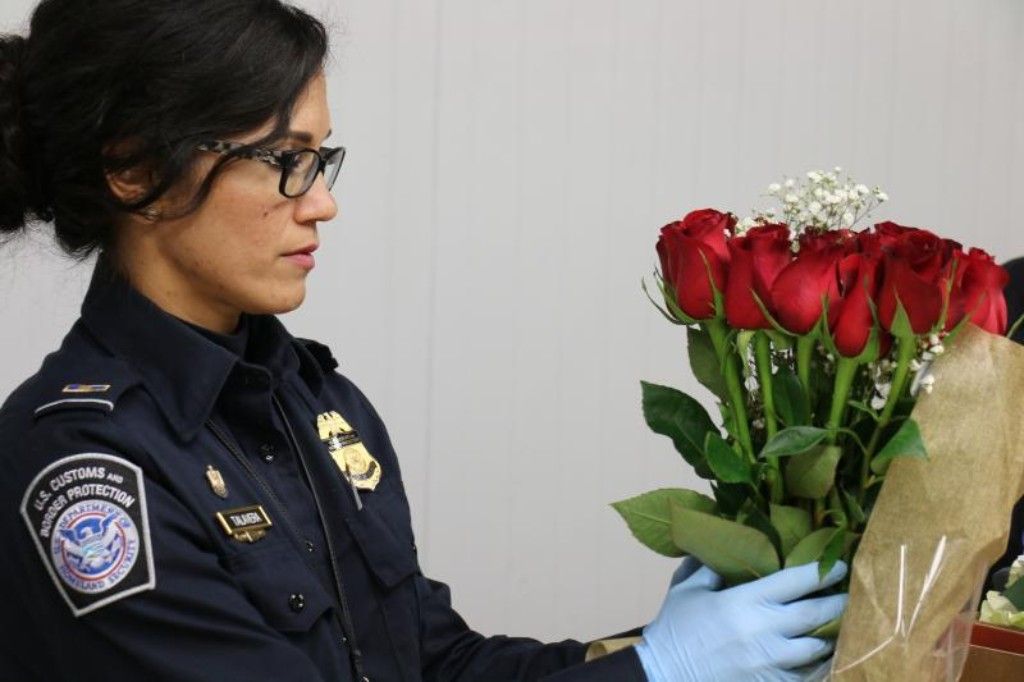Most of the flowers for sale in the USA are now grown in Colombia, Ecuador, Peru, and Bolivia. The altitude and climate there provide temperatures that make it possible to grow flowers year-round. The area is near the equator so the amount of daylight, often almost 24 hours a day, also helps increase production.
Only about 20% of our cut flower trade is now grown in California, Washington State, and Oregon, where most used to be grown for domestic sale. Africa supplies most of the cut flowers for Britain and Europe. Though, of course, Holland supplies most of the tulips and lilies.
Advances in aeronautics make it easy to fly flowers quickly, and cheaper labor costs in South America and Africa also influenced this trend. Another factor was that in the 1990s the USA was trying to keep cocaine from entering the country, and it was believed that the elimination of import taxes on flowers from South America would slow the amount of cocaine. Therefore, flowers enter the country duty free, even though it appears that it has not greatly affected the amount of cocaine.
South American flowers are grown in greenhouses with drip lines for delivering water and controlled amounts of nutrients to each individual plant. Temperatures are regulated by fans, heaters, and hot pipes. Screens on all vents are in place to control the entry of insects and flowers are bred to have long stems. Workers are paid less than in the USA, and those picking roses wear metal coated gloves so that they can strip the thorns from the stems with great efficiency.
This is Moya Andrews, and today we focused on imports.










